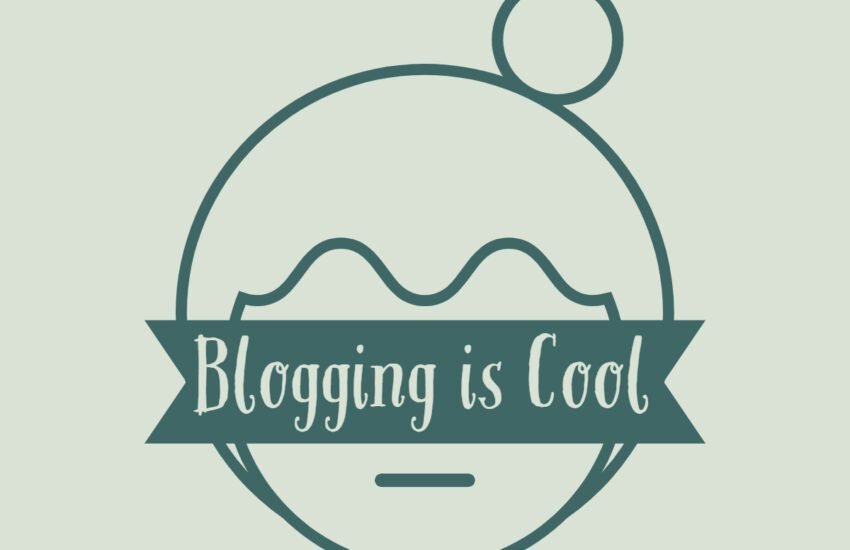Why You Need a Blog Content Calendar and How to Create One
As a blogger, staying organized and planning your content in advance is crucial for success. One effective way to achieve this is by using a blog content calendar. In this article, we will explore the reasons why you need a blog content calendar and provide you with a step-by-step guide on how to create one using Trello and CoSchedule.
Why You Need a Blog Content Calendar
1. Improved Organization: A blog content calendar helps you stay organized by providing a clear overview of your content schedule. It allows you to plan your blog posts, track deadlines, and ensure that you are consistently publishing high-quality content.
2. Consistency: Consistency is key when it comes to blogging. By using a content calendar, you can plan your posts in advance and ensure that you are consistently delivering valuable content to your audience. This helps build trust and keeps your readers engaged.
3. Efficient Workflow: A blog content calendar helps streamline your workflow. By having a clear plan in place, you can allocate time for research, writing, editing, and promotion. This ensures that you are utilizing your time effectively and maximizing your productivity.
4. Collaboration: If you have a team of writers or contributors, a content calendar allows for better collaboration. It provides a centralized platform where everyone can see the content schedule, assign tasks, and track progress. This helps improve communication and ensures that everyone is on the same page.
How to Create a Blog Content Calendar using Trello and CoSchedule
Step 1: Set Up Trello
Trello is a popular project management tool that can be used to create a blog content calendar. Start by creating a Trello account and setting up a new board for your content calendar.
Create lists for each stage of your content creation process, such as “Ideas,” “To Do,” “In Progress,” “Editing,” and “Published.” This allows you to easily track the progress of each blog post.
Step 2: Add Cards and Due Dates
For each blog post, create a card in the “To Do” list. Add relevant details such as the title, keywords, target audience, and any research or resources needed. Assign a due date to each card to help you stay on track.
As you progress with each blog post, move the cards across the lists to reflect their current status. This visual representation helps you see the progress of your content creation process at a glance.
Step 3: Integrate CoSchedule
CoSchedule is a powerful content marketing calendar that integrates seamlessly with Trello. It provides additional features such as social media scheduling, analytics, and team collaboration.
Integrating CoSchedule with Trello allows you to enhance your blog content calendar with these advanced features. You can schedule social media posts to promote your blog content, track engagement metrics, and collaborate with your team more efficiently.
Step 4: Plan and Schedule Content
With your blog content calendar set up, it’s time to start planning and scheduling your content. Use the “Ideas” list to brainstorm blog post topics and add them as cards to the “To Do” list.
Assign due dates to each card based on your publishing schedule. This helps you prioritize your tasks and ensures that you have a consistent flow of content.
Once a blog post is complete, move the card to the “Editing” list, and then to the “Published” list once it has been published. This allows you to keep track of your published content and easily identify any gaps in your content schedule.
Step 5: Review and Refine
Regularly review your blog content calendar to assess its effectiveness. Analyze engagement metrics, such as page views and social media shares, to determine which types of content are resonating with your audience.
Use this data to refine your content strategy and make informed decisions about future topics. Continuously updating and improving your blog content calendar will help you stay ahead of the game and deliver valuable content to your readers.
In conclusion, a blog content calendar is an essential tool for every blogger. It helps you stay organized, maintain consistency, streamline your workflow, and collaborate effectively. By using Trello and integrating it with CoSchedule, you can create a powerful content calendar that will take your blogging to the next level.

